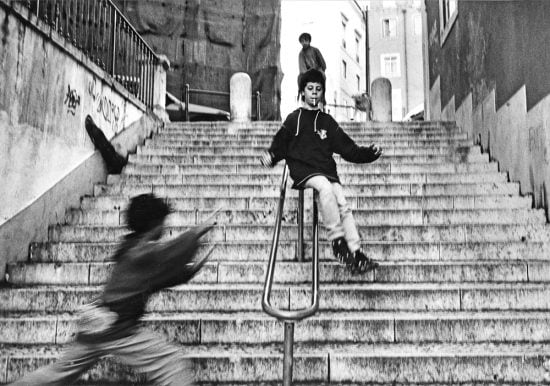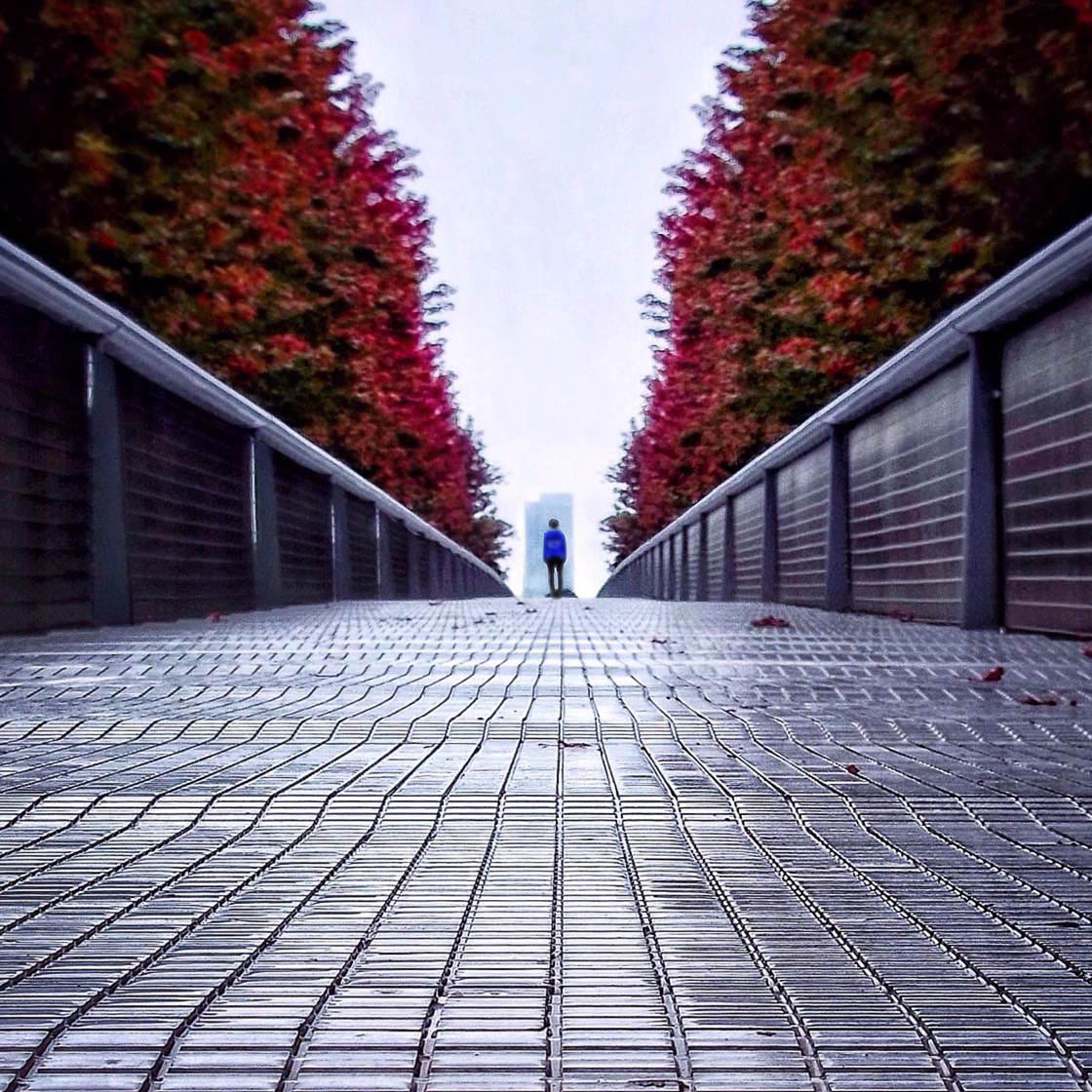10 Easy Facts About Street Photographers Explained
10 Easy Facts About Street Photographers Explained
Blog Article
How Street Photographers can Save You Time, Stress, and Money.
Table of ContentsStreet Photographers Can Be Fun For EveryoneMore About Street PhotographersAn Unbiased View of Street PhotographersThe Definitive Guide to Street PhotographersTop Guidelines Of Street Photographers
Street photographers do not necessarily have a social function in mind, however they prefer to isolate and capture moments which could or else go undetected.He was affected by several of those that affected the street photographers of the 1950s and '60s, he was not mainly interested in catching the spirit of the road. The impulse to visually record individuals in public began with 19th-century painters such as Edgar Degas, douard Manet, and Henri de Toulouse-Lautrec, who worked side by side with professional photographers trying to capture the significance of city life.
Since of the relatively primitive modern technology offered to him and the lengthy exposure time needed, he had a hard time to capture the hustle and bustle of the Paris roads. He trying out a series of photo approaches, trying to find one that would permit him to record movement without a blur, and he located some success with the calotype, patented in 1841 by William Henry Fox Talbot. Unlike Atget, professional photographer Charles Marville was hired by the city of Paris to produce an encyclopaedic document of Haussmann's metropolitan planning task as it unfolded, thus old and new Paris. While the digital photographers' topic was basically the same, the outcomes were significantly different, showing the impact of the photographer's bent on the character of the photos he produced.
About Street Photographers
Offered the great top quality of his pictures and the breadth of material, engineers and musicians often purchased Atget's prints to make use of as reference for their very own job, though commercial passions were barely his primary inspiration. Rather, he was driven to photograph every last residue of the Paris he enjoyed. The mingled passion and necessity of his mission shine through, resulting in pictures that narrate his very own experience of the city, qualities that prepared for street digital photography of the 20th century.

Unlike his peers, Brassa utilized a larger-format Voigtlnder electronic camera with a much longer exposure time, compeling him to be extra computed and thoughtful in his technique than he might have been if using a Leica.

Street Photographers for Beginners
It is as a result of this essential understanding of the art of photo taking that he Discover More is typically attributed with uncovering the medium around once more roughly a century because its innovation. He took pictures for greater than a half century and affected generations of digital photographers to trust their eye and intuition in the minute.
These are the concerns I shall attempt to address: And after that I'll leave you with my own interpretation of road photography. Yes, we do. Allow's kick off with specifying what a meaning is: According to it is: "The act of defining, or of making something certain, unique, or clear".
No, most definitely not. The term is both restricting and misleading. Sounds like a street digital photography must be photos of a roads appropriate?! And all road professional photographers, besides a handful of absolute newbies, will completely value that a road is not the crucial part to road photography, and really if it's a photo of a street with maybe a few boring people not doing anything of passion, that's not road photography that's a photo of a street.
Street Photographers - An Overview
He makes a legitimate factor do not you assume? While I concur with him I'm not certain "honest public photography" will catch on (although I do kind of like the term "candid digital photography") because "street digital photography" has actually been around for a lengthy time, with lots of masters' names affixed to it, so I believe the term is below to remain. Street Photographers.
Inside?! I hear you yell as you drink your clenched fist to the sky. Why not? You can shoot at the beach, at a celebration, in a street, in a park, in a piazza, in a cafe, at a museum or art gallery, in a metro terminal, at an occasion, on a bridge, under a bridge ...
Yes, I hesitate we have no choice! Without regulations we can not have an interpretation, and without a definition we do not have a genre, and without a category we do not have anything to specify what this we do, and so we are stuck in a "policies meaning genre" loop! And no-one wishes to obtain embeded a loophole. - Street Photographers

Report this page